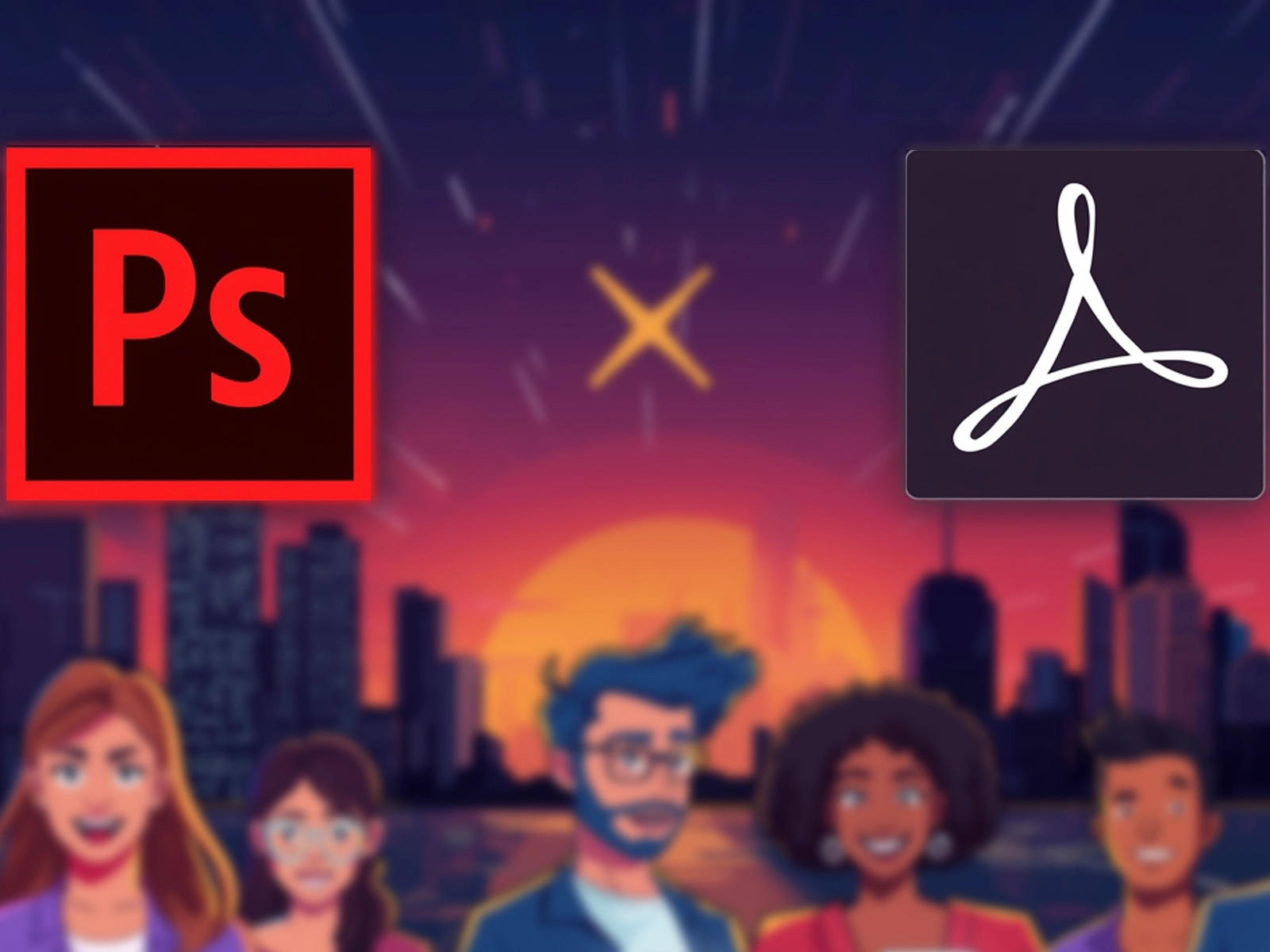
How conversational AI is changing the economics of paid search

How duplicate content reduces brand visibility in AI Search

Adobe announces integration of Photoshop, Express, and Acrobat features into ChatGPT

5 minutes
The Classic Funnel No Longer Works. Marketers used to build strategies around a clear model: Awareness → Evaluation → Consideration → Purchase → Retention. Content at every stage was a key tool — helping audiences discover the brand, explaining product value, and driving purchases. SEO was the main engine powering this process.
But the rise of generative answers has disrupted this system.
Pew Research shows:
Google may claim billions of clicks still occur daily, but brands and publishers are already seeing top-of-funnel traffic drop sharply.
Informational content, once the backbone of awareness, is increasingly replaced by zero-click answers.
The top of the funnel (awareness + evaluation) is breaking down: users are clicking through to sites less often, and your blogs, guides, and resources remain unseen.
In March 2025, 27.2% of searches in the U.S. ended without a click (up from 24.4% the previous year).
Traditional how-to articles, infographics, and explainer videos are becoming less valuable. Instead, brands need to appear in AI overviews and quick-answer blocks.
Example: searching “how do I stop snoring”
Google immediately provides an AI answer with advice on lifestyle changes, devices, and solutions. If users click, it’s most likely to:
This means brands now need to be present not only in blogs but also on:
Outside of SEO, top-of-funnel content can also be reinforced through:
However, the search landscape has permanently changed — now shifting toward a narrower middle-of-funnel focus.
MOFU is the stage where users already understand their problem and are considering a purchase.
Here, content works best through:
SEO is no longer about “traffic for traffic’s sake.” The focus should shift to user intent: answering objections, demonstrating expertise, and highlighting benefits.
Traffic may be lower, but by focusing on insights, examples, and unique experiences, businesses can still generate high-quality leads and conversions.
Create materials with clear structure and value:
The goal is not just to add to the conversation but to spark new topics for discussion.
Leverage existing content by adding:
This keeps old pages relevant and able to generate traffic.
Focus on middle and bottom-of-funnel content:
Add schema markup, links to case studies, and product references to help users make decisions.
For top-of-funnel content, you can still:
Even if traffic is lower, this builds trust and brand authority.
When optimizing top-of-funnel content becomes inefficient, focus on MOFU and BOFU.
Today, the most effective content includes:
Expect lower traffic but higher conversion rates.
Focus on owned resources but also expand to:
Generative AI is changing the game, but brands can still engage users when strategies cover all stages of the user journey.
This article available in Ukrainian.
Say hello to us!
A leading global agency in Clutch's top-15, we've been mastering the digital space since 2004. With 9000+ projects delivered in 65 countries, our expertise is unparalleled.
Let's conquer challenges together!
performance_marketing_engineers/
performance_marketing_engineers/
performance_marketing_engineers/
performance_marketing_engineers/
performance_marketing_engineers/
performance_marketing_engineers/
performance_marketing_engineers/
performance_marketing_engineers/